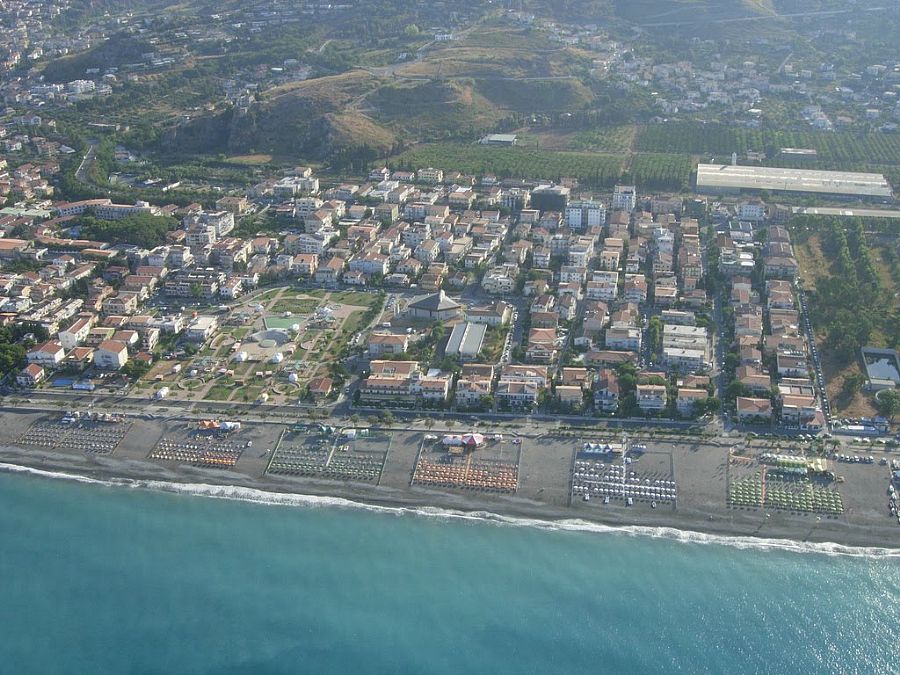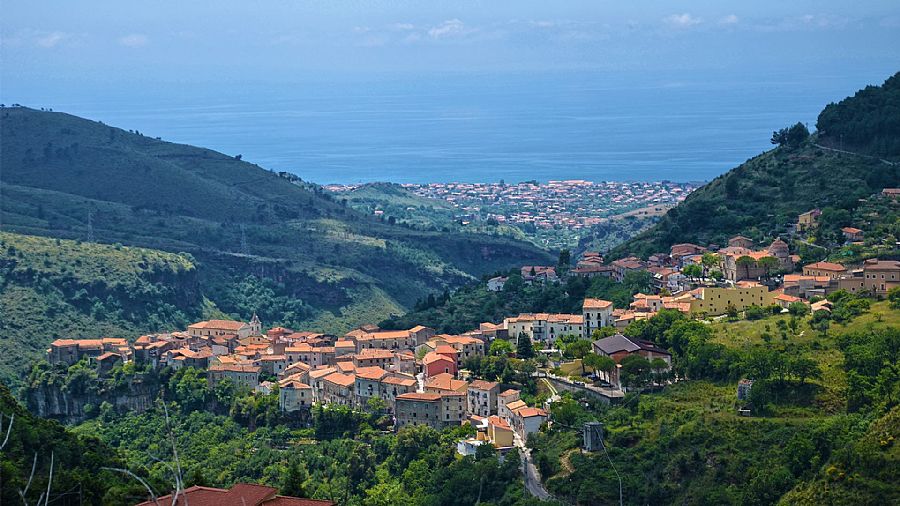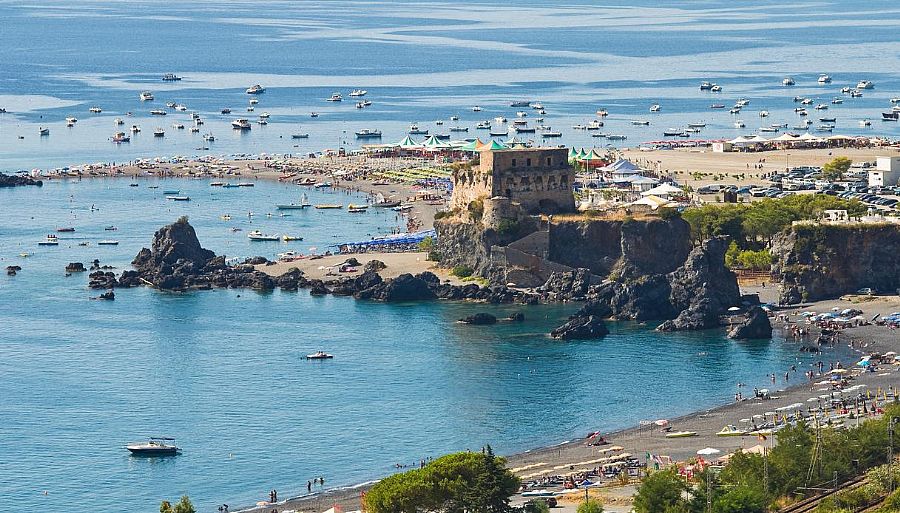MarateaValerie Fortney
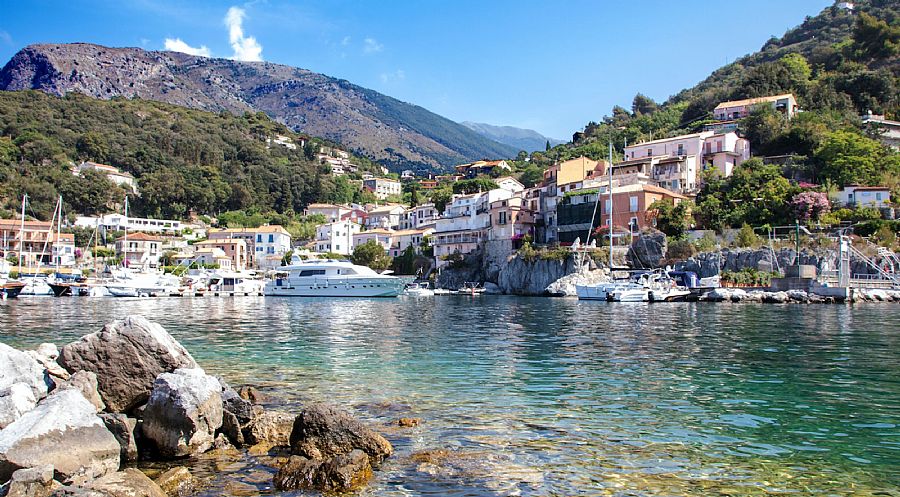
Maratea isn’t just a gem; it is called the “pearl of the Mediterranean” with good reason. In fact, it really seems like a necklace draped along the Gulf of Policastro with lustrous hamlets strung together to make up the comune of Maratea. It is a town that is spread out– not only Maratea itself, as we’ll describe below, but the territory that makes up the town as a whole, with its nine frazioni (or hamlets).
Maratea – The Town. The main town of Maratea is actually distributed across four “zones,” while the hills above and the sea below spread out to form the territory of Maratea. It is more vast than most expect, and can be a little more challenging to navigate and orient yourself to, but you’ll be richly rewarded with a distinct lack of smog-chugging traffic and crowds, and loads of tucked-away swimming locations so you can have your choice for whatever type of beach you like. It is basically like a distinct coastline all under one civic umbrella! Now after this introduction, we’ll let a locally-based author who lives in the region inform you!
Maratea – The Pearl of the Mediterranean
Strung along the Gulf of Policastro for 30 kilometers, Maratea is a pearl necklace of classic coastal beauty. Its name derives from mare (sea) and dea (goddess), and it is indeed a goddess of the sea, as you’ll quickly see. Rocky landscapes plunge to a sapphire sea, with sweet wildflowers and salt air mingling to provide a fragrant perfume. Beaches, reefs, coves and caves, a welcoming town, and the cleanest water imaginable, Maratea has it all. The only thing it lacks is crowds. Maratea is, in a word, enchanting.
Sitting on the side of Monte San Biagio, the compact centro storico is above the water, suspended between sea and sky. It’s overlooked by a gigantic statue of Christ, the Redentore, while the town itself surveys the sea and surrounding hills.
Maratea is a seaside marvel – a beautiful pastel-painted hill town with a marina village below at the water’s edge. It has all the charm of the more famous coastal towns but is widely unknown, much less crowded and less expensive. The mountains fall right into the sea and coves of exotic black sand beaches dot the shore. You can hike in the hills, swim in the Mediterranean, or lounge in the piazza, whatever your whim. This town is serviced by the rail line (a rarity among many coastal towns!), and has been awarded the prestigious Bandiera Blu (blue flag) for water and beach quality for twenty-four years running.
Its history stretches back to the Paleolithic era, and it was a trading center during Greek and Roman times; a load of amphorae and anchors was found shipwrecked below the little island of Santo Janno, now held in the civic museum of the town hall. The reality of Saracen raids in the 8th century was a deciding factor in moving to the upper town away from marauders. They burst out of the walls by the 11th century so the new borgo, Maratea Inferiore, was established by some of the residents, cleverly hiding the town in the fold of the mountain for protection.
Often cited to be “like the Amalfi Coast was before mass tourism,” Maratea is still a rather quiet beach destination, thanks mostly to a bit of difficulty in arriving here. Ferries sometimes run in summer (and sometimes not); roads are squiggly. But once you’re here, it’s a piece of seaside paradise with quiet beaches (or busy ones, if you prefer), great food, and a piazza reminiscent of Capri’s Piazzetta. It oozes that laid-back, sun-splashed atmosphere of uncrowded resort flair that people crave (but then end up at the over-crowded coasts, instead).
Arriving is a challenge, and orienting to the various zones can be confusing. Maratea isn’t a single town center but a collection of outlying hamlets -9 of them, in fact- covering the hillside and the seashore. Here is a quick run-down:
Maratea Inferiore is the main town center, the “lower” hill town that was established in the Middle Ages. This is what most people mean when they say “Maratea” –where the town hall, piazzetta, shops and wine bars are located. Wander the wavy lanes, explore the boutiques, enjoy a drink on the piazzetta (non dissimilar to the one in Capri!) and soak in the atmosphere of the place. There are landmarks, churches and cute corners tucked away in the lanes and stepped streets.
Maratea Superiore is the upper ancient town, the original settlement that was founded in the 7th century BC and inhabited by a parade of various rulers and invaders (the Byzantine, Lombards, Arabs, Normans, Spanish) before finally being destroyed by Napoleon’s troops in 1806. The basilica dedicated to San Biagio (St. Blaise) and the towering landmark statue, il Redentore, are up there.
Maratea Marina is the middle ground where the train station sits, along with a section of sea coast below.
Maratea Porto is the charming marina where fishing boats sidle up next to yachts, and where the best restaurants are found, along with a marina piazza of umbrella-decked bars.
Acquafredda is a frazione to the north along the water, with coves and sea grottoes, and a small hamlet, while Cersuta is another teensy village nearby. Both have some nice swimming coves, reachable by way of steps or by sea, so they’re usually less crowded than the wider, sandy beaches closer to Maratea.
Maratea is called “the city of 44 churches” but because of all the outlying villages, the churches are scattered about rather than all being concentrated in the old town center, as most people imagine. That doesn’t mean there isn’t a wealth of them there to visit, because you’ll find several.
Now that you have the lay of the land (and sea), let’s dive in to this pearl necklace adorning the sea goddess.
(From the guidebook, 52 Things to See and Do in Basilicata by Valerie Fortney; used with permission from the author. 52 Things to See and Do in Basilicata, published in 2020 and updated in 2023. All rights reserved. No part of this publication may be reproduced, distributed, or transmitted in any form or by any means, including photocopying, recording, or other electronic or mechanical methods, without the prior written permission of the author. We thank the author for permission to reprint this portion.)
Browse carefully selected rental villas in Maratea.

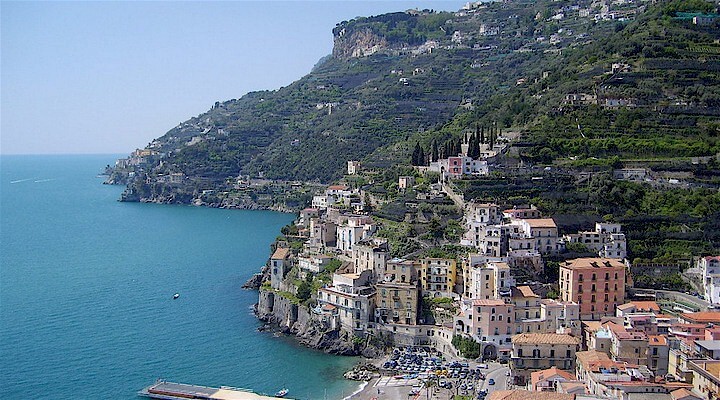 Amalfi Coast
Amalfi Coast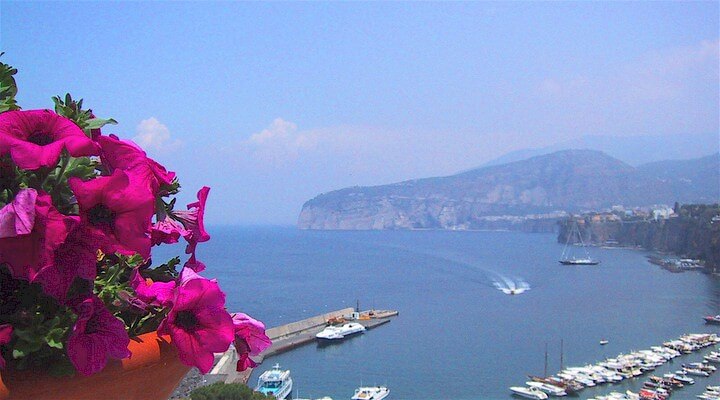 Sorrento Coast
Sorrento Coast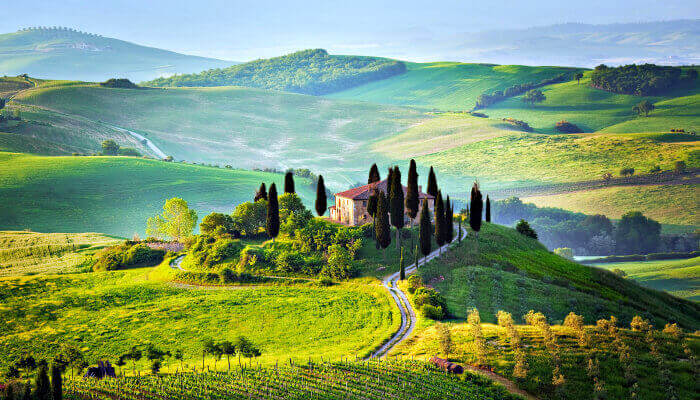 Tuscany
Tuscany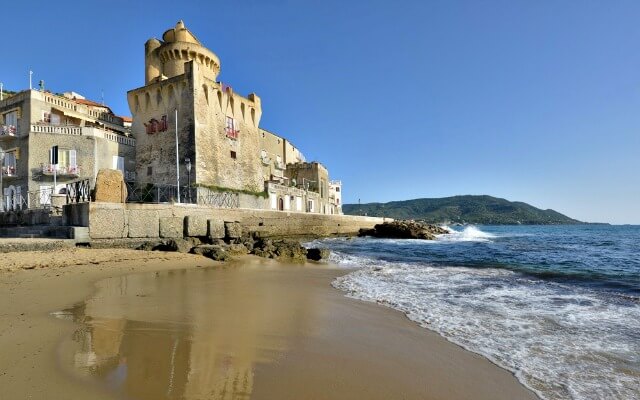 Cilento National Park
Cilento National Park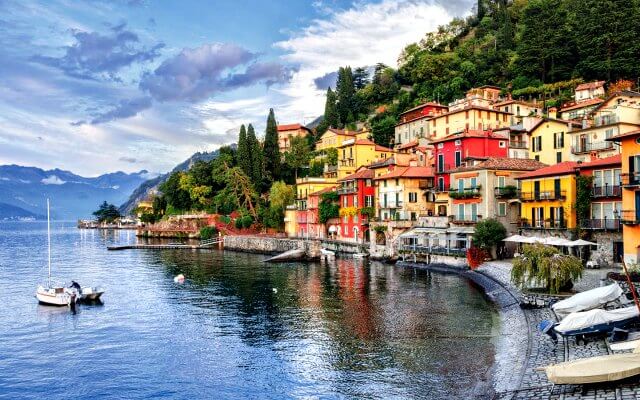 Lake Como
Lake Como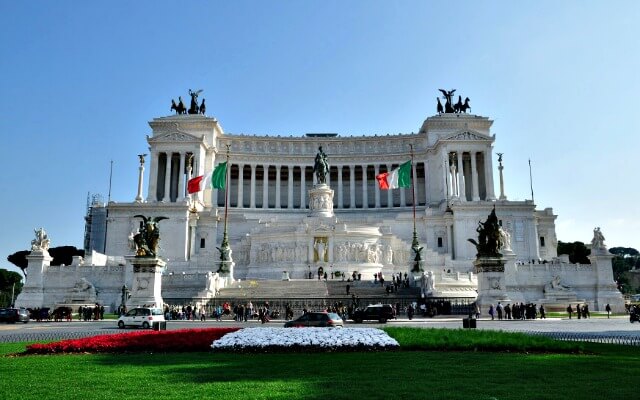 Rome and Latium
Rome and Latium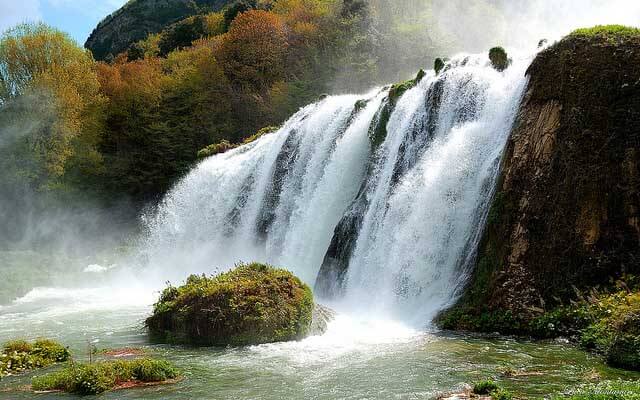 Umbria
Umbria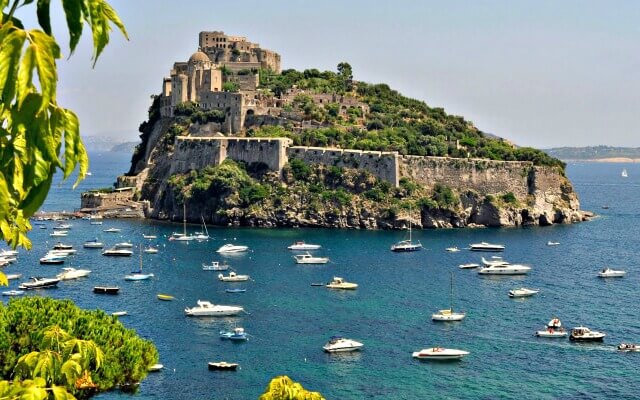 Capri and Ischia
Capri and Ischia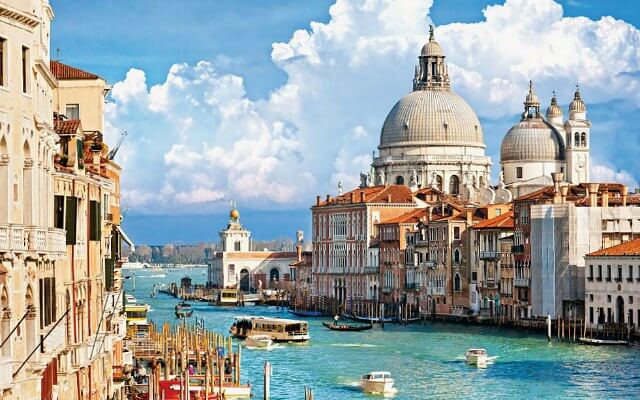 Venice
Venice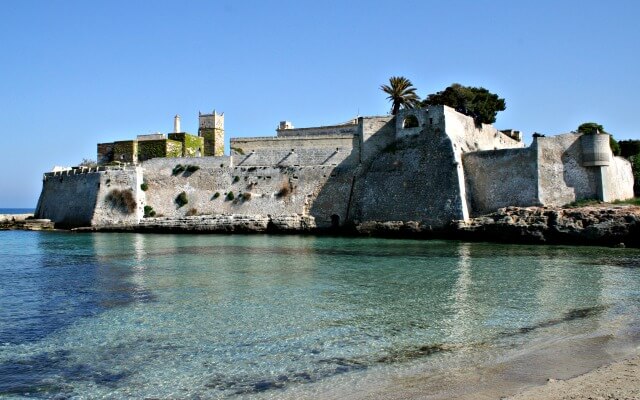 Puglia (Apulia)
Puglia (Apulia)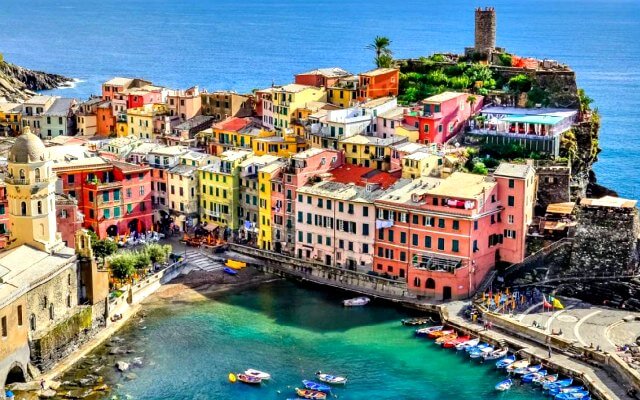 Liguria
Liguria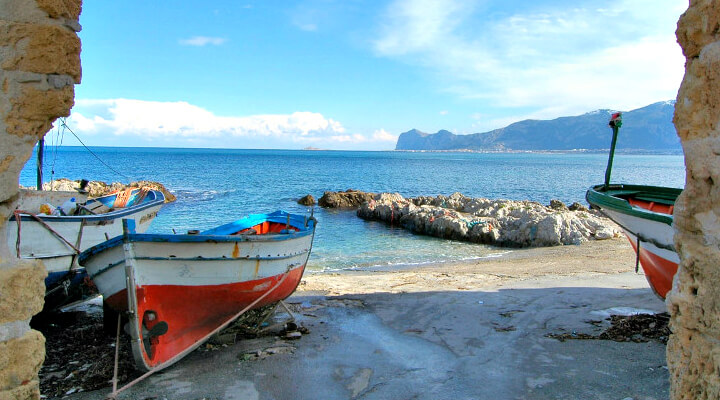 Sicily
Sicily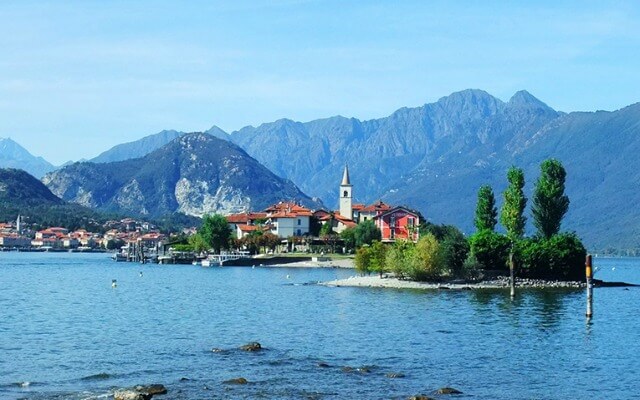 Lake Maggiore
Lake Maggiore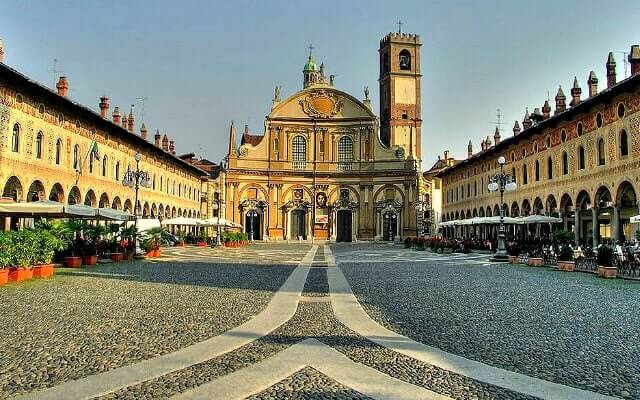 Lombardy
Lombardy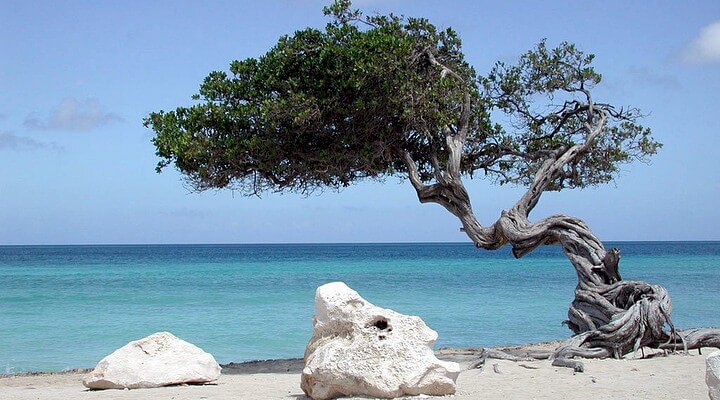 Sardinia
Sardinia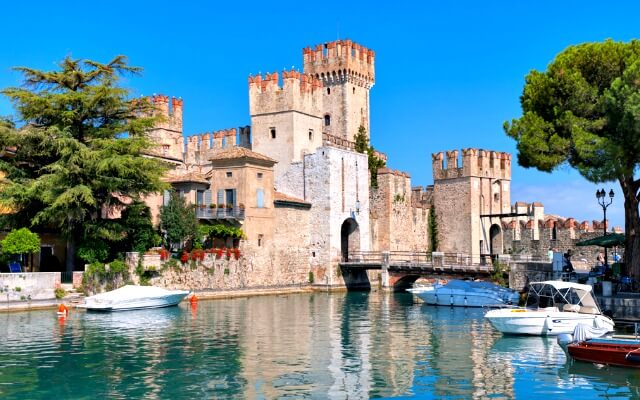 Lake Garda
Lake Garda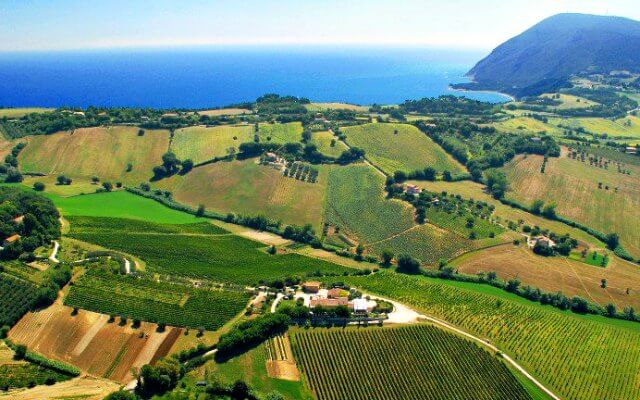 Abruzzo and Marche
Abruzzo and Marche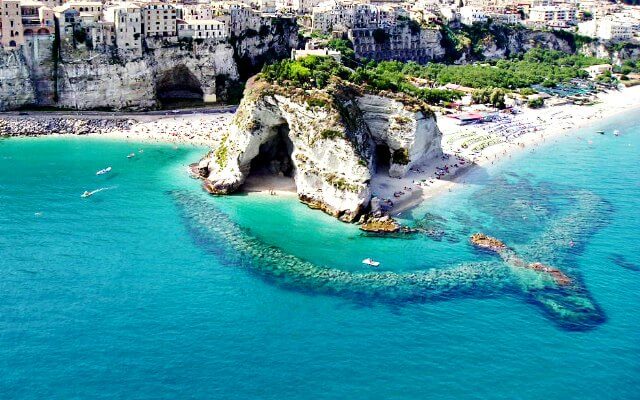 Calabria
Calabria